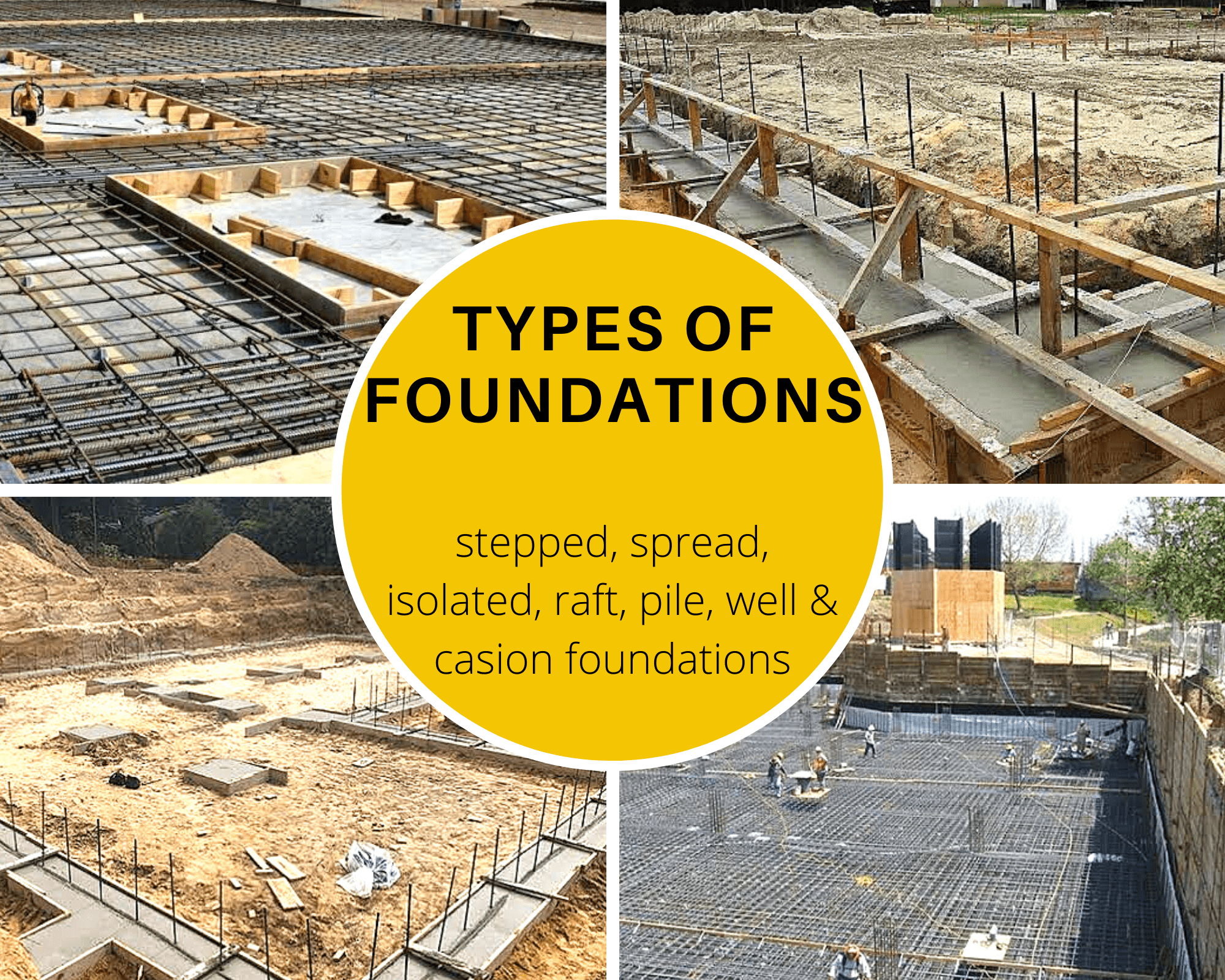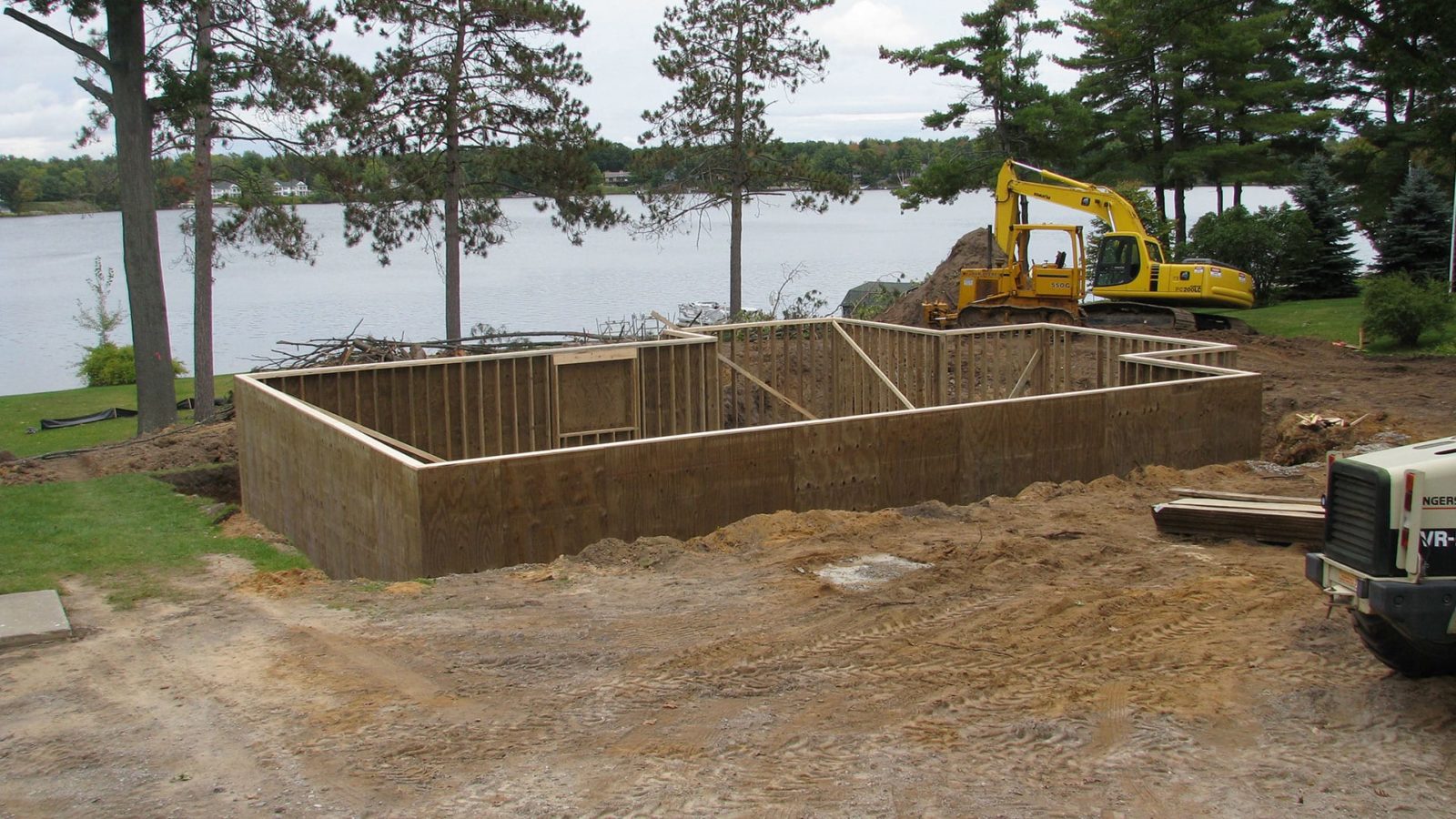Table Of Content

Concrete block walls can be built on top of the slab to create a basement or crawl space, or the builder can frame the main floor right on top of the slab. Concrete slab foundations (slab-on-grade foundations) with a thickness of four to eight inches, cost less than basements or crawl spaces. They work best in climates where the ground doesn't freeze and thaw in the winter. However, the home’s water and drainage pipes are difficult to access because they lie just a few inches below the slab. A basement foundation is built by excavating down to around 8 feet, then constructing a floor and walls for the resulting space. The result is an additional room you can use for storage area or to extend your living space.
6 Types of Foundation Repair - YourStory
6 Types of Foundation Repair.
Posted: Thu, 12 Sep 2019 07:00:00 GMT [source]
Deck Footing and Foundation Options For You To Consider
Water, natural gas, and drainage pipes are often embedded within the concrete, and when these pipes wear out and leak, the foundation will have to be opened so repairs can be made. Slab foundations are vulnerable to pressure caused by freezing and thawing ground, so they’re best used in warmer climates where the ground rarely freezes. Because they can’t protect the house from flood waters the way a crawl space or basement can, they’re less than ideal for flood-prone areas. Also referred to as pier, or pole foundations, this construction option is a smart choice where weak or unstable soil conditions might cause problems for other foundation types. Of course, you’ll also find plenty of these foundations in coastal areas, where houses need to be raised above storm surges.
Basement Foundation
In these cases, builders will likely have to consult an engineer to decide which foundation is best for the home. No matter the type of need, be it for new construction, home addition, garage or commercial building foundations, look for top-rated foundation contractors in your area. Identify the specific features you want your foundation to offer, such as additional living space, easy access to utilities, or energy efficiency. Insulated Concrete Foundations (ICFs), known for their energy efficiency, are suitable for homeowners prioritizing sustainability. Building a good foundation requires a lot more than digging a hole and pouring some concrete into forms. It must be tailored to its site like a custom suit, taking into account soil conditions, water tables, even the quality of the backfill.
Solar Panel Costs 2024: By Type, Installation And More – Forbes Home - Forbes
Solar Panel Costs 2024: By Type, Installation And More – Forbes Home.
Posted: Tue, 16 Apr 2024 07:00:00 GMT [source]
Build Smarter
If you live in an area with lots of rain and a high water table, you may notice water beginning to seep through your basement walls. Over time, excess moisture can cause mold, rust, and structural damage. You must waterproof your basement to stop leaks and other water seepage, sealing out moisture and draining away water before it gets in. A cement block deck footing is similar to a deck block footing in many ways, but it’s a little less expensive and even easier to install. Whereas deck block footings use buried, precast deck blocks, this footing utilizes basic cement blocks with appropriate openings to accommodate a deck post. Placed on top of the ground, the cement block can hold a post for a small deck.
Once the concrete is poured, a bracket is used to affix the deck post to the concrete pillar, forming a virtually indestructible deck footing. As we gear up for warmer weather and summer festivities, many of us are considering building, upgrading, and redesigning outdoor living spaces. One of the hottest tickets this time of year is a new outdoor deck, increasing and maximizing outdoor living space for entertaining and family enjoyment. You will know your home is constructed with this foundation if there is a space beneath the home that acts as a small basement area. Crawl space foundations typically leave an area of roughly 3 to 4 feet high beneath the ground and floor joists. Choosing the right foundation type is essential for the long-term stability and performance of your building.

How much does a foundation cost?
Pier and beam foundations are common in homes built along coasts or in areas prone to significant flooding or storm surges. Wood foundations are less durable, more susceptible to water damage and do not last as long as masonry foundations. However, the waterproof coatings used to protect foundations should be reapplied every 10 years. Regular maintenance, such as inspections, leak repairs, and slope damage, can extend a foundation’s lifespan. Structural cracks can cause the foundation to move, compromising the stability of the building.
How To Save Money on Basement Waterproofing Costs
Builders choose foundations based on the home’s location and climate, soil conditions and area humidity, and of course, the budget. In some cases, houses might have different foundation types for different sections. For instance, a house could have a combination of a slab foundation and a basement. Slab foundations are cost-effective, require minimal site preparation, and provide a single-level surface for easy accessibility.
Pier Foundation
Whether you're a DIY enthusiast or a seasoned professional, Matt's writing is sure to provide valuable guidance and inspiration. Pier foundation is often not the first choice, though it is a strong foundation solution. Instead, it is often recommended for lands that would have difficulty laying traditional foundations. You can rely on this foundation to be one of the most durable and long-lasting choices, as it offers tremendous support without many drawbacks.
Because the screws must be installed using professional machinery, there’s a good bit of labor cost involved, but the result is an immediate, strong decking foundation. Because this footing consists of steel screws installed to below the frost line, they are just about as durable as a poured footing but without the drying time required of cement. Basement foundations are favored by many for the additional space they allow, whether for living or storage.
Owning a home is one of the biggest investments a person can make, and the foundation of the building comprises the home’s structural integrity. To prepare the ground for a foundation, start by clearing the area of vegetation, debris, and unstable soil. Compact the exposed soil and add several inches of gravel as needed to create a flat and stable base. Be sure to excavate below the frost line and plan for proper drainage.
Basement foundations are usually the most expensive of the home foundations, ranging from $10,000-$175,000. They can be more costly if the home is built on bedrock that requires major excavation or removal by blasting. The average cost to finish an unfinished basement in the United States is $18,395, or $25 per square foot. Basement foundations are the deepest type of home foundation and support the house with structural walls that extend underground. When building a concrete foundation, builders begin by clearing the ground and leveling the soil.

No comments:
Post a Comment